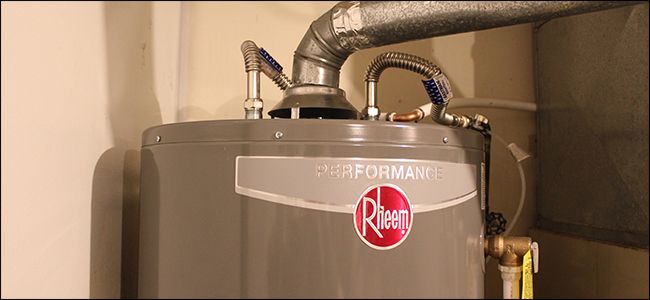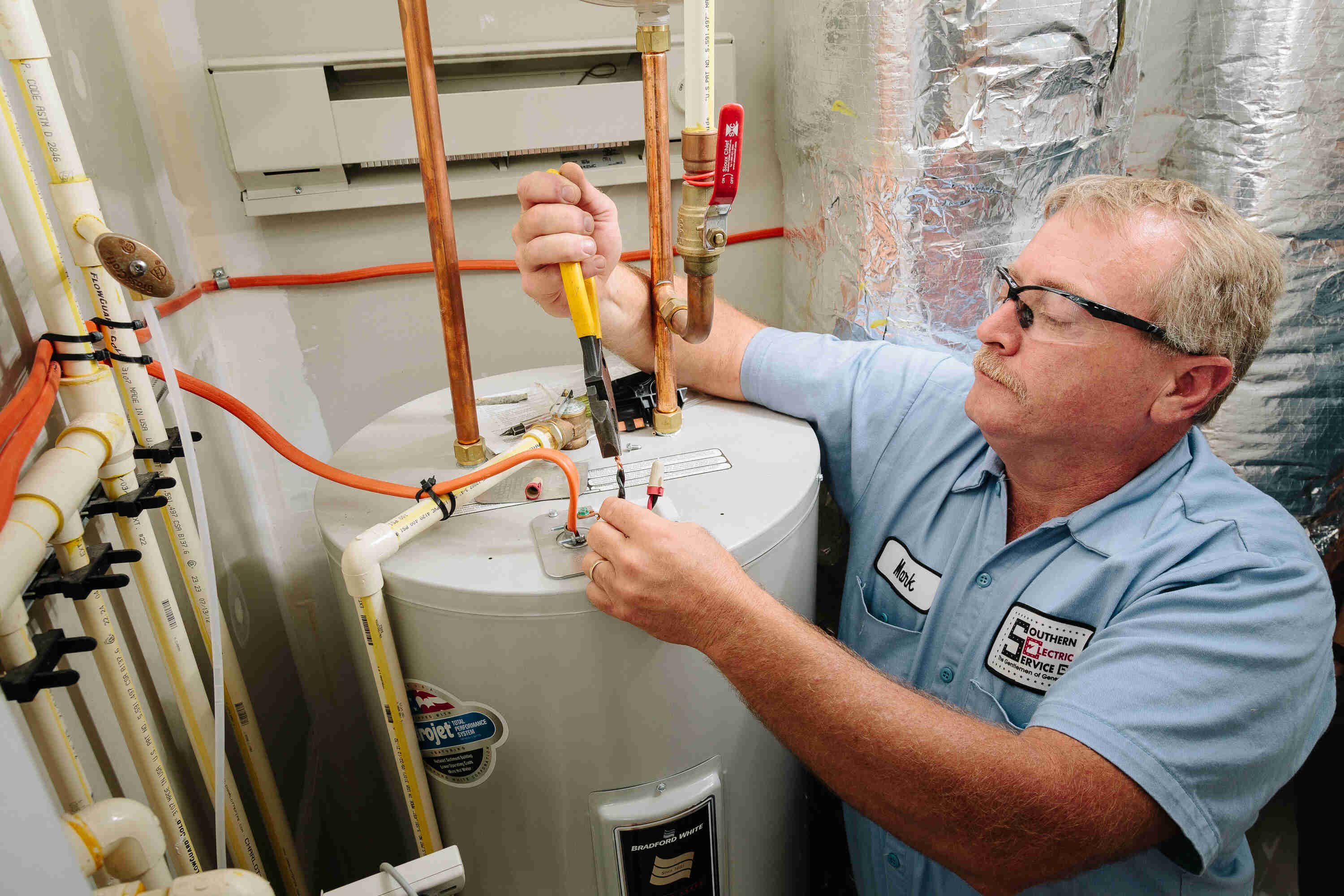Here underneath you might get some helpful information in relation to Water Heater Maintenance Tips You Can't Afford to Forget.

Hot water is necessary for daily comfort, whether it's for a revitalizing shower or washing meals. To guarantee your hot water system runs efficiently and lasts much longer, normal maintenance is essential. This post gives practical tips and insights on exactly how to keep your home's warm water system to avoid disruptions and costly repair work.
Introduction
Keeping your home's warm water system might seem complicated, yet with a couple of simple steps, you can ensure it operates efficiently for several years ahead. This overview covers everything from understanding your hot water system to DIY upkeep ideas and recognizing when to call specialist assistance.
Value of Keeping Your Warm Water System
Normal upkeep not just extends the lifespan of your hot water system but likewise ensures it operates effectively. Overlooking upkeep can cause decreased efficiency, higher energy bills, and even premature failure of the system.
Signs Your Hot Water System Needs Upkeep
Recognizing when your warm water system needs attention can prevent major concerns. Keep an eye out for indicators such as irregular water temperature, unusual noises from the heater, or rusty water.
Purging the Hot Water Heater
Purging your hot water heater gets rid of sediment buildup, boosting efficiency and prolonging its life.
Monitoring and Changing Anode Rods
Anode poles stop rust inside the tank. Inspecting and changing them when broken is vital.
Complicated Concerns Needing Expert Help
Instances consist of major leaks, electrical issues, or if your water heater is continually underperforming.
Regular Professional Upkeep Perks
Expert maintenance can consist of complete evaluations, tune-ups, and ensuring conformity with security standards.
Evaluating and Adjusting Temperature Level Setups
Changing the temperature setups makes sure optimal efficiency and security.
DIY Tips for Upkeep
You can carry out several maintenance jobs yourself to maintain your hot water system in leading condition.
Looking for Leakages
Frequently evaluate pipes and links for leakages, as these can cause water damage and greater expenses.
Recognizing Your Hot Water System
Prior to diving right into upkeep tasks, it's practical to recognize the fundamental components of your warm water system. Typically, this consists of the water heater itself, pipelines, anode rods, and temperature level controls.
Monthly Maintenance Tasks
Routine month-to-month checks can assist capture minor concerns before they rise.
Testing Stress Alleviation Valves
Evaluating the stress relief valve guarantees it functions properly and protects against too much stress accumulation.
Protecting Pipes
Insulating warm water pipes reduces warmth loss and can save energy.
When to Call a Specialist
While DIY maintenance is valuable, some problems require specialist competence.
Conclusion
Routine upkeep of your home's warm water system is crucial for efficiency, long life, and cost financial savings. By adhering to these tips and knowing when to look for specialist help, you can guarantee a reputable supply of warm water without unanticipated disruptions.
How to Maintain an Instant Hot Water Heater
Before tinkering with your hot water heater, make sure that it’s not powered on. You also have to turn off the main circuit breaker and shut off the main gas line to prevent accidents. Also turn off the water valves connected to your unit to prevent water from flowing into and out of the appliance. 2. When you’re done, you have to detach the purge valves’ caps. These look like the letter “T” and are situated on either side of the water valves. Doing so will release any pressure that has accumulated inside the valves while at the same time avoid hot water from shooting out and burning your skin. 3. When the purge valves’ caps are removed, you have to connect your hosing lines to the valves. Your unit should have come with three hoses but if it didn’t, you can purchase these things from any hardware or home repair shops. You can also get them from retail stores that sell water heating systems. Read the user’s manual and follow it to complete this task properly. When the hosing lines are connected, open the purge port’s valves. 4. You should never use harsh chemical cleaners or solutions when cleaning your unit. Make use of white vinegar instead. It should be undiluted and you’ll probably use about 2 gallons. 5. Now flush your water heater. This task should probably take about 40 minutes. We can’t give you specific directions for this because the procedure is carried out depending on the type, model and brand of your heater. With that being said, refer to the user’s manual. 6. When you’re done draining the unit, you have to turn off the purge port valves again. Remove the hosing lines that you earlier installed on each of the water valves. Put the valve caps (purge port) back in their respective places and be very careful so as not to damage the rubber discs that are found inside these caps. 7. Now that everything’s back in place, check your user’s manual again to find out how to reactivate your water heating system. 8. Once it is working, turn one of your hot water faucets on just to let air pass through the heater’s water supply pipes. Leave the tap on until water flows smoothly out of it. https://www.orrplumbing.com/blog/2014/september/how-to-maintain-an-instant-hot-water-heater/

As an enthusiastic reader about What Kind of Maintenance Do Water Heaters Need?, I figured sharing that piece of writing was really useful. So long as you liked our blog entry please consider to share it. I enjoy reading our article about Tips For Maintaining Your Hot Water Heater.
Book Now